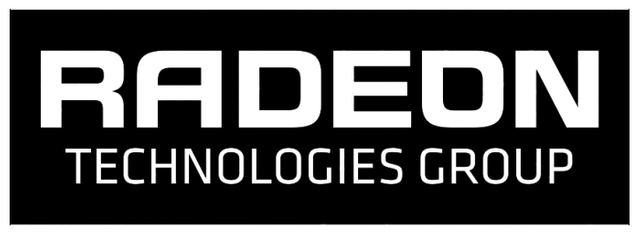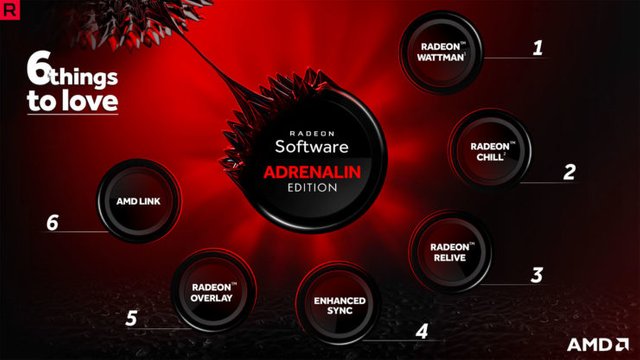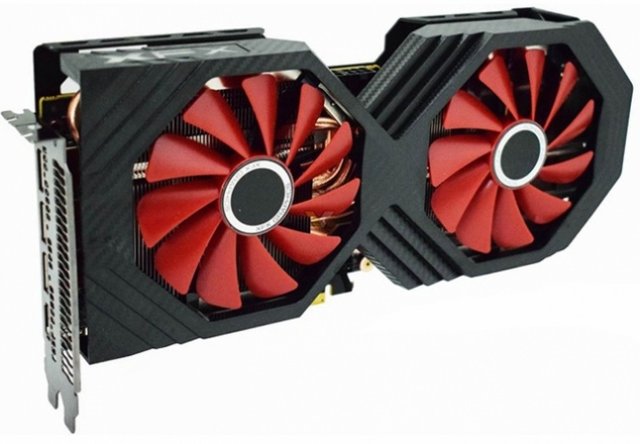Should you still buy AMD graphics cards? - 2017 Question

In light of AMD's new driver release, Radeon Software Adrenalin; I've decided to talk about AMD's current predicament. About Vega's dying grasp of consumers touch and coming into hands of prosumers instead. This is the last month of 2017 and should you decide whether to buy an AMD card or not by highlighting both software and hardware in this post, give this a read and let me know if you guys have different opinions in the end. P.S: Here's a link to what am talking about regarding Vega and my guide to buying PC parts to help you catch up
The new software update introduces new features and much improved the older ones especially likes of AMD WattMan which has received a lot of flag considering how it poorly manages GPU power delivery at times, not always but there's a thread or two discussing about its issues. The big prominent features seem to be Radeon Chill, Enhanced Sync, Overlay for Radeon ReLive and of course AMD Link. Latter of which you can download via your phone and monitor your in-game stats from there, neat right? besides all this, AMD has also improved the DX11 performance by reducing rendering latency among certain popular games like Playerunknown's Battlegrounds and Overwatch among others. Also pointing out that the impact most likely affects RX 500 series GPUs or below, Vega on the other hand not so much; there's still work to be done for Vega before games can fully harness its power. I think Adrenalin is huge step up from their software side, in fact if some of you remember their older days, their driver updates were terrible by huge margin. Since 2015 with the release of Crimson based off of new driver department formed by RTG, AMD has been ahead of their game even against Nvidia. ReLive has lower performance drawbacks than GeForce Shadowplay does, there's a lot of people nowadays recording or streaming their games but doesn't it like when performance is being hampered down thanks to the feature being used. Now I could easily imagine myself running ReLive while still playing PUBG without any significant drops, am still a GTX 960 user and I referred to using third party software like OBS for streaming and Bandicam for recording gameplay footage instead of Shadowplay. That's how much this means to me.

But alas, even with these vast software implementations, we still need to figure if it's worth running AMD GPUs considering their competition is pounding them harder. RX 580 from my opinion is still a worthwhile choice compared to the GTX 1060, especially considering how far 580 can go in AMD optimized settings plus extra VRAM and faster memory. Also the prospects of getting a free game mostly works with Nvidia's more expensive line-up likes 1070 and 1080, not bringing up 1070 Ti cause that GPU is a waste of time. Here's another link to driver benchmark side by side from Crimson to Adrenalin. If you're worried about the temperature and power draw issues, just don't buy Sapphire or PowerColor cards at this point, they've proven to be a hassle even ridiculous is Sapphire's releasing a Vega with 3x 8-pin PCIe power port. It's like they don't care Global Warming exists or the fact that am using a GPU that's going to eat over 500W of power just to squeeze all the juice out of it. The underlying issue to this day that plagues almost every GPU from AMD I think is GlobalFoundries 14nm manufacturing nodes. Polaris and Vega are using 14nm LPP instead of LLP which is a third gen revision and yet the power consumption is too much, either VRMs aren't well tweaked or the fabrication is difficult to adjust for perf/watt when pushed to the max. Am glad AMD decided to hand the task of making 7nm to TSMC for Navi, Nvidia is a big collaborator of TSMC and it makes sense why that would be the case. As days go by, we drew even closer to getting a taste of what sweet performance will be from the red team. Here's a snippet of AMD drivers having code for the next generation GPUs already. We need red team to start pulling Nvidia's leg in the market, am sick and tired of seeing people buying GPUs that are already over a year older and are more expensive than they should be.Nvidia is still bringing the hammer and there's not much the opposite team has done to oppose them currently.

Well I could go on, but it's better if I wrap this up with some pros & cons, starting with pros:
- New driver suite has a lot of functions, features and implementations, worth chucking out third party apps just for using it.
- DX11 latency reduction might help more games in the near future, RX 580 and lower end GPUs are just the start. DX12 performance is shaping up, thus the terminology "FineWine" is still a thing.
- There are more Freesync monitors than there are Gsync, sure it's mostly software based but it's considered very cost efficient and has tenuous sponsorship promoting it like Fnatic and Evil Genius...so far.
- Vega 56 outpaces GTX 1070 by every margin, provided you purchase one below 500 USD since retail is 400 USD, this GPU is a worthy purchase especially for Ultrawide screens on 1080 or 1440p.
- Almost every GPU is expensive right now, face it. As much as I love the earlier prices before Ethereum came along, I have to face reality and that is today GPU prices have taken a slump especially for RX 500 series, buy it while you still can.
- AMD's Navi is on the horizon, hopefully will be the cornerstone architecture AMD is looking for all future products from desktop to gaming consoles.
- DX12/Vulkan performance are still ahead of Nvidia's, besides benchmarks which isn't fully indicative of real-time gaming performance; Especially in Vulkan, AMD is pulling ahead one new game after the other.
Time for the cons, brace yourselves:
- WattMan scares me, I haven't used it but read enough about its absurd technical fouls that it sends shivers down my spine, might not even use it before MSI Afterburner.
- Power draw issues are still a thing, this is because AMD is trying to sandbag their GPUs. I mean the term "sandbag" works in Nvidia as well, here's Galax's GTX 980 Ti with 3x 8-pin PCIe connectors just for the sake of taking over 3DMark performance crown yet and AMD's fully enthusiast LN2 cooled superclocked RX 480 by Der8aeur averaging around over 200W. But this is 2017 man, even the temperatures from Vega isn't very forgiving.
- Pricing is one thing, finding stock for these AMD GPUs are still ongoing struggles especially for well...you guessed it; Vega.
- Raja Koduri left, don't know if he's ever coming back even though this isn't the first time. He has worked with Apple before for their A series mobile chipsets and created a great relationship since then for AMD with the tech company. Even if he's now working with Intel, I mean it sounds like coincidence especially with the fact that AMD is now offering their GPUs for Intel's embedded builds.
The overall verdict from me would be is:
There's not a good reason why you shouldn't buy them. If you have other options from Nvidia, go ahead. But as of now, if you're opting for Vega 64 with a 4K monitor, you might wanna put some second thoughts into it especially with the current price. Right now, it's been almost half a year since Vega was released and that GPU still hasn't exactly matured properly in terms of drivers, Navi is hoping to rectify that situation but only 2018, August will tell. HBM3 and GDDR6 is on the horizon so be wary for those saving up, me I might hit up with a smaller upgrade before Navi comes out, I do want my purchases to have value and long term use. For now, time for you to weight in for your next decision based off from what I've given and what else you've learned elsewhere. I will clarify that Vega isn't bad, most of its promised features haven't been fully unlocked yet like Draw-stream Binning Rasterizer, programmable Geometry Pipelines and most of all, HBCC. For more info: Click here
============================================================
I've updated the post and added more pros. Including assessments of Vega and the current market dominated by Nvidia.